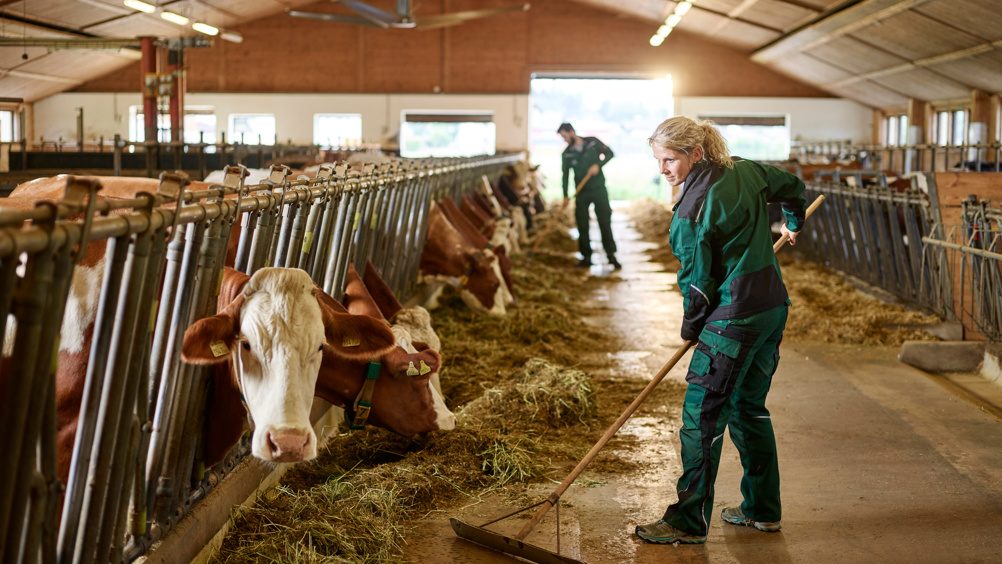References
A brief review of bovine dystocia: risk factors, causes, approach and outcomes

Abstract
Dystocia remains one of the most common reasons for producers seeking veterinary advice and expertise, and therefore warrants regular review as causes and underlying risk factors may change over time. Dystocia is the result of a range of risk factors that span both the short and long term, and the resultant causes have different methods of categorisation. Assessment needs to be methodical and can be assisted by clinical reasoning frameworks. Multiple studies have examined the outcomes of the different methods of correction, adding to the information the practitioner might use in decision making.
Dystocia, by Greek root definition, means difficult birth. For the bovine practitioner, it is one of the more frequent emergency call outs. To give some context, internationally reported dystocia incidence (in primiparous and multiparous cows combined) varies from 1.5% in Norway to over 13% in the US, with the UK somewhere between those extremes (Mee, 2008). However, this figure can be complicated by the subjective nature of the definition of dystocia.
This article aims to explore the risk factors, causes, approaches and outcomes of dystocia in cattle.
For the sake of this article, short-term risk factors of dystocia are those that occur from the point of conception. The author will discuss these chronologically, starting with the breeding of the dam.
When making breeding decisions, it must be remembered the biggest risk factor for dystocia is calf birthweight. It accounts for 50% of the phenotypic variance, with an increase in the risk of dystocia by 13% for every additional kilogram of birthweight (Johanson and Berger, 2003).
Register now to continue reading
Thank you for visiting UK-VET Companion Animal and reading some of our peer-reviewed content for veterinary professionals. To continue reading this article, please register today.

